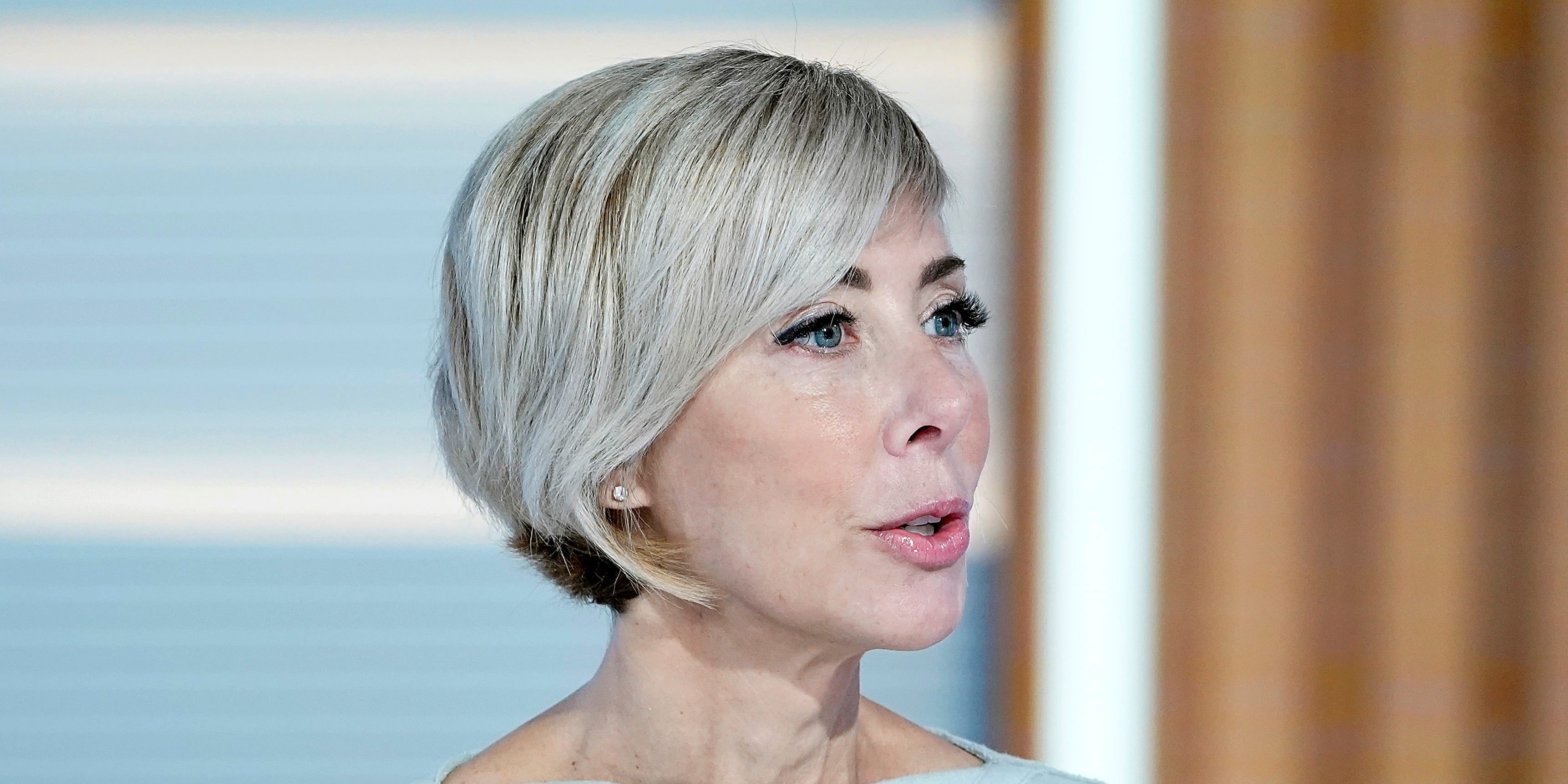Investors are forgetting how brutal the period before Fed rate cuts can be, Stephanie Pomboy warns. Rate hikes caused delayed damage, and rate cuts don’t work instantly, the Macro Mavens founder says. Pomboy expects the delayed impacts of higher interest rates to hammer households and businesses. Loading Something is loading.
Thanks for signing up!
Access your favorite topics in a personalized feed while you’re on the go.
Investors can’t wait for the Federal Reserve to switch from raising interest rates to cutting them, as they expect that to boost economic growth and send stocks higher. They’re overlooking the brutal fallout from the central bank’s hikes that will precede that policy shift, Stephanie Pomboy has warned.
“The markets don’t seem to be anticipating the pain before the pivot — they’re just anticipating the pivot,” the Macro Mavens founder said in a recent Wealthion interview.
“The impact on the economy, and then the corporate and household credit situation, will be so severe that they’ll take rates down dramatically,” she added.
In response to inflation hitting 40-year highs last year, the Fed has lifted its benchmark interest rate from almost zero to over 5% within the last 18 months. Higher rates can curb price growth by pushing people to save instead of spend, and by raising borrowing costs for households and businesses. But they can also temper demand, drag down asset prices, and trigger a recession.
Inflation slowed to about 3% in June and July — not far off the Fed’s 2% target — and the economy has been showing signs of cooling too. The backdrop has fueled anticipation among investors that rates will come down soon, but they’re likely to be caught off-guard by the delayed impact of the hikes so far, Pomboy cautioned.
“That story is very much in front of us, and this market feels like it’s rallying on hope and very little of actual fundamentals,” she said. Many households and businesses had locked in lower rates, but a growing number will have to service debts requiring far higher interest payments soon, she noted.
Pomboy, who worked at ISI for over a decade before starting her own investment-research firm in 2002, added that the “weakest links in the credit chain” are far more vulnerable than many people think.
The economist also underscored that even when the Fed eventually cuts rates, the relief will take time to flow through the system.
“It takes a long time for people to get over the scars that they build up during that decline,” she said about the painful impact of steeper rates and an economic downturn. “People are licking their wounds.”
Pombody predicted that when the Fed pivots, many Americans will be wary of taking out loans, hiring people, or investing in their businesses after weathering a financial rough patch.
“After the housing bubble bust, they refused to even borrow on their credit cards for a long, long, long time after, they were so chastened by that experience,” she noted. “We will definitely go through a period like that.”
